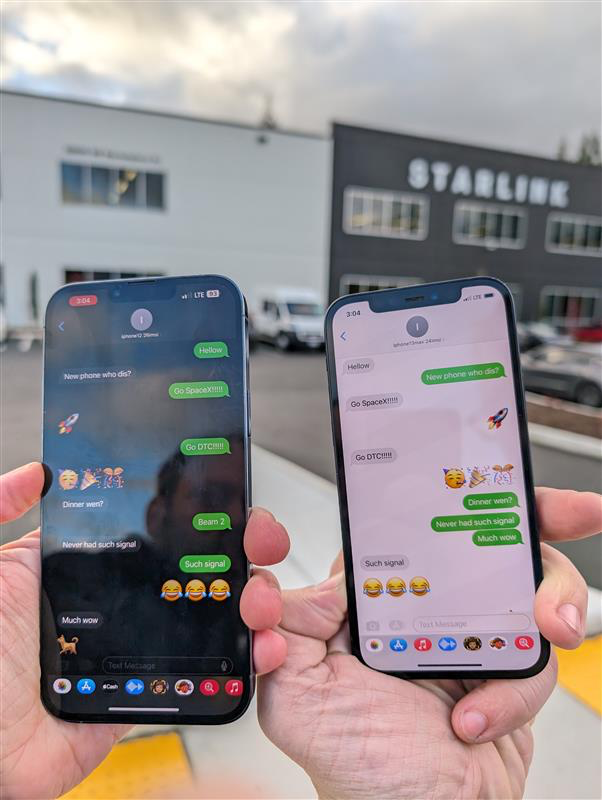
Starlink’s groundbreaking Direct to Cell service is set to transform mobile communications by leveraging satellite technology to provide connectivity where traditional networks fall short. This innovative approach promises to reshape how we think about mobile communication, especially in remote and underserved regions.
How It Works
Starlink has ingeniously transformed its satellite network into floating cell towers, creating a unique solution to global connectivity challenges. The technology relies on sophisticated eNodeB modems aboard satellites, which mimic traditional cellular infrastructure but operate from space. This approach eliminates the need for extensive ground-based cell towers and allows standard LTE smartphones to connect directly to satellites.
Key Technological Innovations
Universal Compatibility
The most striking feature of Direct to Cell is its accessibility. Unlike previous satellite communication technologies that required specialized equipment, this service works with existing LTE smartphones. Users don’t need to purchase new devices or install additional hardware – their current phones can seamlessly connect to Starlink’s satellite network.
Comprehensive Coverage
Starlink aims to eliminate connectivity dead zones by providing service across:
• Remote rural areas
• Coastal regions
• Lakes and water bodies
• Wilderness and mountainous terrain
The service promises consistent communication capabilities wherever there’s a view of the sky, dramatically expanding mobile connectivity’s reach.
Phased Implementation Strategy
Starlink is rolling out the service in carefully planned stages:
• 2024: Text messaging capabilities
• 2025: Voice and data services expansion
This methodical approach allows for gradual technological refinement and network stabilization.

Technical Capabilities
The satellite network offers some remarkable technical capabilities:
• Signal penetration through obstacles like tree cover and even human bodies
• Seamless switching between terrestrial and satellite networks
• Global access through strategic partnerships with telecom providers
Challenges and Considerations
While promising, the technology faces several significant challenges:
• Potential bandwidth limitations in high-density areas
• Satellite brightness potentially impacting astronomical observations
• Navigating complex regulatory landscapes and spectrum allocation issues
Strategic Partnerships
SpaceX has strategically partnered with major telecom providers, most notably T-Mobile in the United States, to facilitate network integration and expand service reach. These collaborations are crucial for creating a seamless communication ecosystem.
Broader Implications
Starlink Direct to Cell represents more than just a technological innovation – it’s a potential solution to the global digital divide. By providing connectivity in regions traditionally underserved by terrestrial networks, the service could:
• Enhance emergency communication capabilities
• Support economic development in remote areas
• Provide critical communication infrastructure in disaster-prone regions
Conclusion
As Starlink continues to refine and expand its Direct to Cell service, it stands at the forefront of a communication revolution. By reimagining satellite technology as a dynamic, accessible mobile network, SpaceX is not just solving connectivity challenges – it’s fundamentally transforming how we conceptualize global communication.
The journey ahead involves continued technological refinement, regulatory navigation, and strategic partnerships. However, the potential to connect the unconnected makes Starlink’s Direct to Cell a technology worth watching closely.





